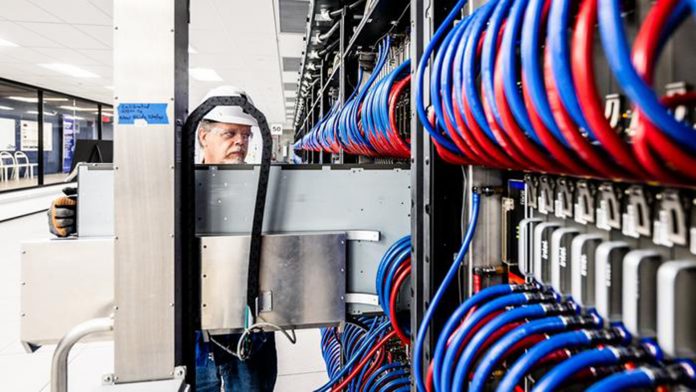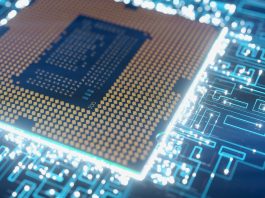The highly-anticipated Aurora supercomputer is nearly online as the final components of the exascale supercomputer are now installed.
The final of the 10,624 ‘blades’ are now equipped to Argonne National Laboratory’s Aurora supercomputer – one of the most powerful supercomputers ever developed.
The Argonne team has worked for the last 18 months to fabricate the Aurora supercomputer at the Argonne Leadership Computing Facility (ALCF), installing thousands of cutting-edge blades and components.
Aurora is built by Intel and Hewlett Packard Enterprise (HPE) and is capable of over two exaflops of computing power – more than two billion calculations per second.
The supercomputer will significantly advance scientific capabilities, helping to fight climate change, further cancer research, explore space, optimise clean energy, and more.
Susan Coghlan, ALCF project director for the Aurora supercomputer, said: “We have been living and breathing the Aurora installation since the first pieces were delivered in November of 2021.
“While we still have a lot of work to do before we can roll the system out to scientists worldwide, it is incredibly exciting to have the final hardware in place.”
A look inside the Aurora supercomputer
Before Aurora could be installed, major facility upgrades needed to be done, such as adding new data centre space to provide enough room for the supercomputer and constructing mechanical rooms and equipment for increased power and cooling.
Aurora’s blades are an essential component of the system. These rectangular units house its processors, memory, networking and cooling technologies.
Computing power is generated from advanced Intel central processing units (CPUs) and graphics processing units (GPUs), with each blade fitted with two Intel Xeon CPU Max Series processors and six Intel Data Center GPU Max Series processors.
Each blade weighs around 70 pounds, with specialised machines needed to install the units vertically into the Aurora supercomputer’s racks, with each of the 166 racks containing 64 blades. The racks are spread across eight rows – the same space as two basketball courts.
Next stages of the project
A team from the ALCF’s Aurora Early Science Program and DOE’s Exascale Computing Project are now migrating their work to the Aurora supercomputer to begin scaling their applications on the complete system.
In recent months, the researchers have been designing the Sunspot testbed – a test and development system with the same architecture as Ausrora but only on two racks. This will be essential in testing Aurora to identify any potential bugs that must be fixed before it comes online.
Coghlan concluded: “We’re looking forward to putting Aurora through its paces to make sure everything works as intended before we turn the system over to the broader scientific community.”









